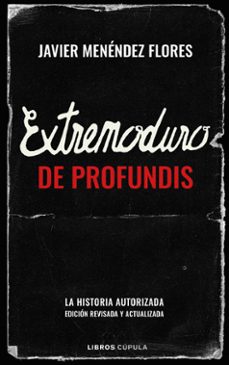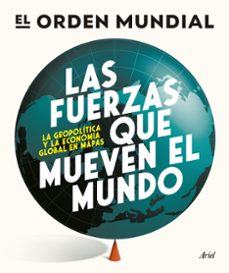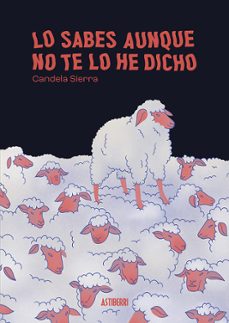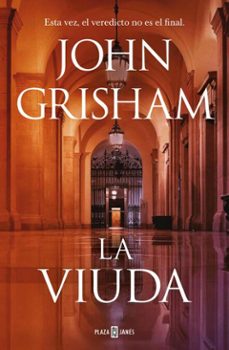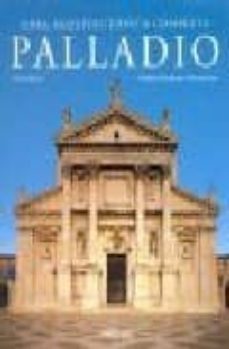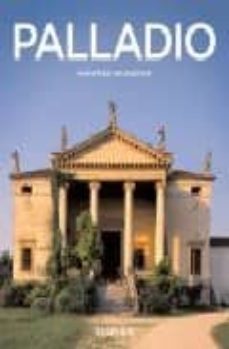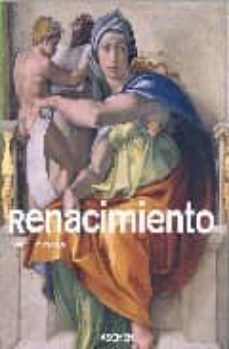Imprescindibles
Ficción
No Ficción
Ciencias y tecnología Biología Ciencias Ciencias naturales Divulgación científica Informática Ingeniería Matemáticas Medicina Salud y dietas Filología Biblioteconomía Estudios filológicos Estudios lingüísticos Estudios literarios Historia y crítica de la Literatura
Humanidades Autoayuda y espiritualidad Ciencias humanas Derecho Economía y Empresa Psicología y Pedagogía Filosofía Sociología Historia Arqueología Biografías Historia de España Historia Universal Historia por países
Infantil
Juvenil
#Jóvenes lectores Narrativa juvenil Clásicos adaptados Libros Wattpad Libros Booktok Libros de influencers Libros de Youtubers Libros Spicy Juveniles Libros LGTBIQ+ Temas sociales Libros ciencia ficción Libros de acción y aventura Cómic y manga juvenil Cómic juvenil Manga Shonen Manga Shojo Autores destacados Jennifer L. Armentrout Eloy Moreno Nerea Llanes Hannah Nicole Maehrer
Libros de fantasía Cozy Fantasy Dark academia Hadas y Fae Romantasy Royal Fantasy Urban Fantasy Vampiros y hombres lobo Otros Misterio y terror Cozy mistery Policiaca Spooky Terror Thriller y suspense Otros
Libros románticos y de amor Dark Romance Clean Romance Cowboy Romance Mafia y amor Romance dramatico Romcom libros Sport Romance Otros Clichés Enemies to Lovers Friends to Lovers Hermanastros Slow Burn Fake Dating Triángulo amoroso
Cómic y manga
Novela gráfica Novela gráfica americana Novela gráfica europea Novela gráfica de otros países Personajes, series y sagas Series y sagas Star Wars Superhéroes Cómics DC Cómics Marvel Cómics otros superhéroes Cómics Valiant
eBooks
Literatura Contemporánea Narrativa fantástica Novela de ciencia ficción Novela de terror Novela histórica Novela negra Novela romántica y erótica Juvenil Más de 13 años Más de 15 años Infantil eBooks infantiles
Humanidades Autoayuda y espiritualidad Ciencias humanas Economía y Empresa Psicología y Pedagogía Filosofía Historia Historia de España Historia Universal Arte Cine Música Historia del arte
Ciencia y tecnología Ciencias naturales Divulgación científica Medicina Salud y dietas Filología Estudios lingüísticos Estudios literarios Historia y crítica de la Literatura Estilo de vida Cocina Guías de viaje Ocio y deportes
MANFRED WUNDRAM
Manfred Wundram (1925-2015) estudió historia del arte, arqueología, historia de la música y literatura germánica. Enseñó historia del arte en la Universidad del Ruhr en Bochum durante muchos años y ha publicado ampliamente sobre el Renacimiento.
Recibe novedades de MANFRED WUNDRAM directamente en tu email
Filtros
Del 1 al 4 de 4
TASCHEN BENEDIKT 9783822821084
No other architect in the history of Western art has had an influence so spontaneous and yet so enduring as Andrea Palladio. Palladianism broke through all cultural stylistic barriers. It spread not only throughout the Neo-Latin nations but held Germany, the Netherlands, and the countries of Eastern Europe in its sway and formed the lineaments of English architecture of the 17th and 18th centuries. Palladio lived in an age which was extremely exciting for the historical development of architecture and his work was an important factor in the evolution from to Baroque. This volume offers a thorough introduction to the architecture of Palladio and includes all works which researchers have attributed to him.
Ver más
Tapa blanda
TASCHEN BENEDIKT 9783822875872
Tapa dura
TASCHEN BENEDIKT 9783836502870
With this introduction to the work of Andrea Palladio (1508-1580), TASCHEN's Basic Architecture series shines its spotlight on one of the most influential figures in the history of Western architecture. Palladio's "Villa Rotonda" in Vicenza became the most famous building of its kind; it influenced many later designs and remains an important source of inspiration for today's architects. The Palladian style, distinguished by the typical Serlian windows, pillared façades resembling Roman temples, symmetrical floor plans, and elevations, was imported to other European countries and became widely known; in Great Britain it was one the important roots of 17th and 18th century architecture. In the 19th century, American architecture heavily referred to the style, as seen in, for example, Thomas Jefferson's Monticello home.
Ver más
Tapa blanda
TASCHEN BENEDIKT 9783822852989
Con la pintura del Renacimiento, el arte occidental alcanza su apogeo. En este género se reflejan los cambios obrados en la concepción del mundo por las ciencias naturales y los grandes descubrimientos, por las tensiones religiosas y las agitaciones politicas y sociales. Lo real y lo ideal, lo profano y lo sacro, el extasis contemplativo y el frio escepticismo conviven bajo un mismo techo.
Ver más
Tapa blanda
Del 1 al 4 de 4


